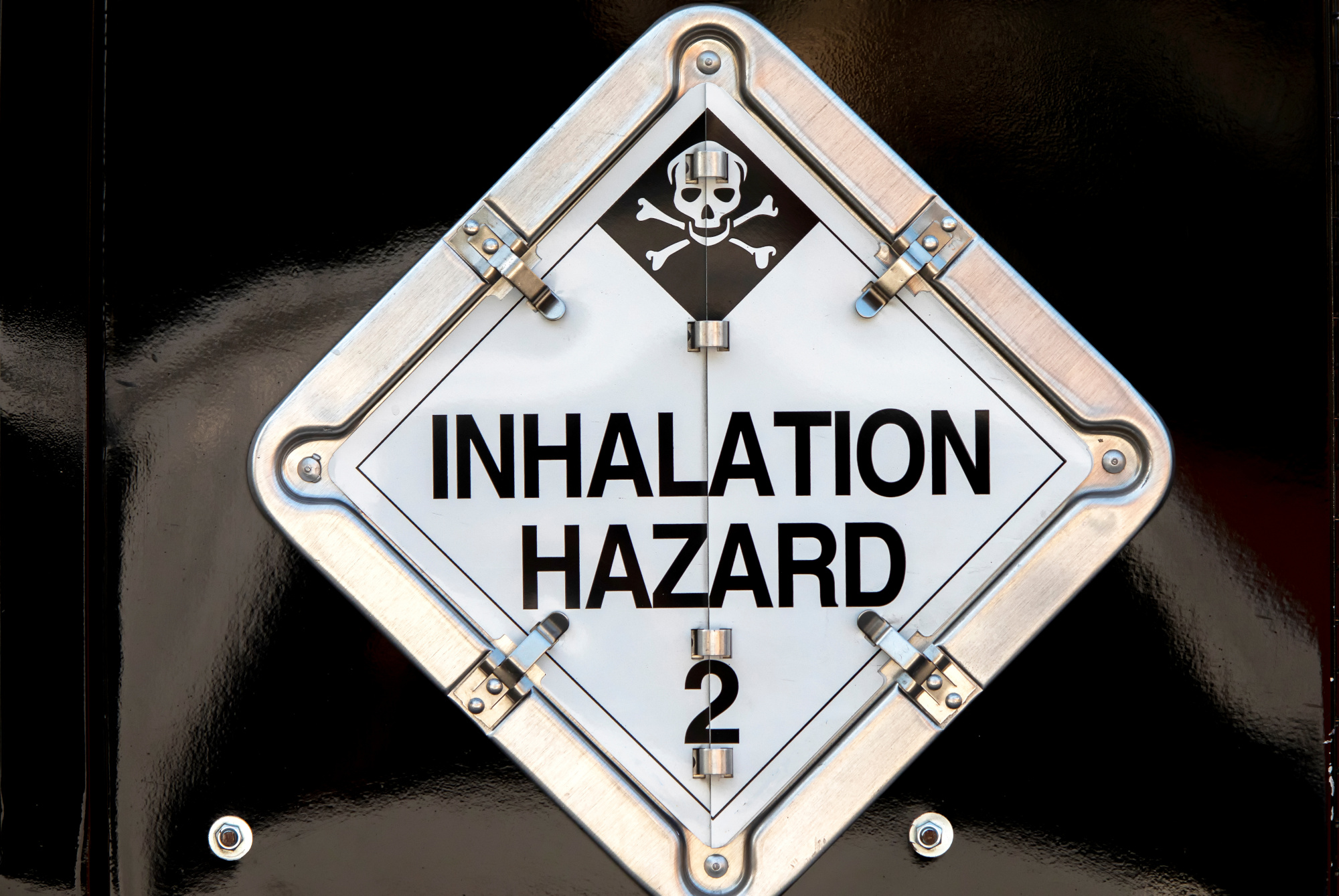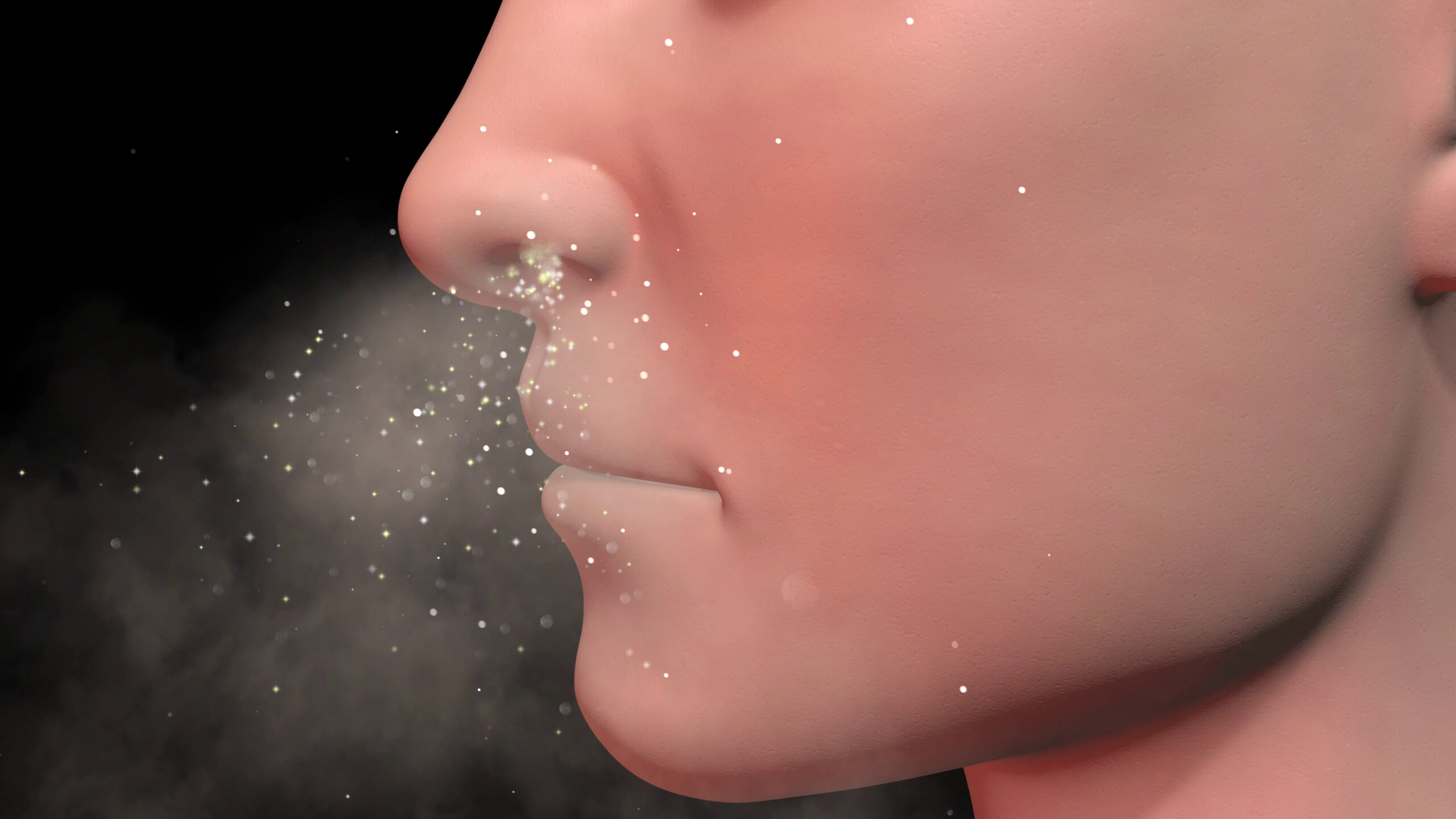Inhaling paint thinner is one of the most dangerous forms of substance misuse. Even though it’s not an illegal drug, paint is a type of inhalant drug. Its toxic chemicals can cause immediate harm to the brain, lungs, heart, and other organs. People sometimes underestimate the risks because paint thinner is easy to buy in hardware stores or may already be in the garage. This article explains what paint thinner is, how people misuse it, the short- and long-term effects, the risks of addiction, and how treatment can help.
What Is Paint Thinner, and Why Do People Inhale It?
Paint thinner is a solvent used to dilute oil-based paints and clean equipment. Common ingredients include toluene, xylene, acetone, and other hydrocarbons. These evaporate quickly and release vapors that affect the central nervous system.
Some people intentionally inhale these vapors to experience short-lived euphoria or relaxation. Because paint thinner is inexpensive and widely available, it may become a “first drug” for curious teens. The reality is that inhaling even once can cause serious injury or death.
How People Inhale Paint Thinner
There are several ways people inhale paint thinner:
- Sniffing directly from containers: Breathing from an open can or bottle delivers concentrated vapors in seconds.
- Huffing with rags or cloths: A rag soaked in paint thinner is held to the face, producing a stronger dose.
- Bagging fumes: Vapors are trapped inside a plastic bag and inhaled, greatly raising the risk of suffocation.
- Hidden use: Some soak clothing or masks to inhale discreetly.
All of these methods are unsafe and can quickly overwhelm the body.
Short-Term Effects of Inhaling Paint
The effects of inhaling paint thinner appear within minutes and may last up to an hour. They include:
- Dizziness and lightheadedness
- Nausea and vomiting
- Slurred speech
- Loss of coordination
- Headaches and eye irritation
- Hallucinations or distorted perception
While these effects may fade quickly, they come with high risks of accidents, falls, or burns due to impaired judgment and motor skills. It’s important not to underestimate the dangers of inhaling paint.
Life-Threatening Risks of Paint Inhalation
Inhaling paint thinner can lead to several medical emergencies:
- Sudden sniffing death: Heart rhythm disturbances can cause sudden collapse, sometimes on the first use.
- Oxygen deprivation: Fumes reduce oxygen levels in the blood, which may result in seizures, coma, or brain damage.
- Aspiration and choking: If a person vomits, they may inhale the contents into their lungs.
- Burns and explosions: Paint thinner is flammable, and vapors can ignite from cigarettes, lighters, or open flames.
These dangers make paint thinner misuse one of the most unpredictable and lethal forms of substance abuse.
Long-Term Effects of Paint Inhalation
Chronic misuse can permanently damage vital organs and the nervous system. Long-term effects include:
- Brain and nerve damage: Memory loss, tremors, poor coordination, and reduced learning ability.
- Mental health problems: Anxiety, depression, and mood swings that persist beyond active use.
- Organ damage: Scarring of the lungs, liver toxicity, and kidney impairment.
- Hearing and vision loss: Damage to sensory nerves that worsens over time.
- Pregnancy risks: Exposure during pregnancy can cause developmental delays and birth defects.
These health issues often develop quietly, making early intervention critical.

Can Paint Thinner Be Addictive?
Paint thinner doesn’t usually cause classic physical dependence, but people can develop a psychological addiction. The quick but short high often leads to repeated inhalation sessions. Over time, this pattern becomes compulsive and difficult to stop, even as health problems appear.
Withdrawal Symptoms From Paint Thinner Inhalation
When someone stops after frequent use, withdrawal symptoms may occur. These can include:
- Headaches
- Anxiety and irritability
- Nausea and upset stomach
- Sweating and shaking
- Difficulty sleeping
- Strong cravings
Because these symptoms increase the risk of relapse, medical and therapeutic support is often necessary.
Recognizing a Paint Thinner Inhalation Overdose
Overdose is a medical emergency. Signs may include confusion, seizures, slow or irregular breathing, unconsciousness, or sudden cardiac arrest. Call emergency services immediately and move the person to fresh air if it is safe.
Drug & Alcohol Rehab and
Addiction Treatment in West Virginia
Get in touch with our recovery center today at 866-860-9772
Warning Signs That Someone May Be Inhaling Paint
Family and friends may notice warning signs such as:
- Chemical odors on breath or clothing
- Stains around the mouth or nose
- Frequent headaches or nosebleeds
- Mood swings or irritability
- Declining school or work performance
- Hidden rags, bags, or cans
Approaching the person with compassion rather than blame is important, since shame often prevents people from seeking help.
How Long Paint Thinner Stays in the Body
Solvents are processed quickly by the body, often leaving within hours to a few days. Standard drug tests may not reliably detect paint thinner use. A medical evaluation that looks at symptoms and exposure history is more helpful than testing alone.
Treatment Options for Paint Inhalation
Effective treatment involves both medical stabilization and long-term behavioral support:
- Medical care: Addressing oxygen deprivation, organ function, and withdrawal symptoms.
- Therapy: Cognitive behavioral therapy and motivational interviewing to build coping skills and reduce cravings.
- Family involvement: Counseling that strengthens support systems and creates healthier environments.
- Dual diagnosis treatment: Addressing co-occurring depression, anxiety, or trauma alongside substance misuse.
- Aftercare planning: Relapse prevention strategies and continued peer support to sustain recovery.
Drug & Alcohol Rehab and
Addiction Treatment in West Virginia
Get in touch with our recovery center today at 866-860-9772
How Wise Path Recovery Centers Can Help
At Wise Path Recovery Centers, we provide compassionate, individualized substance abuse treatment in West Virginia for people struggling with inhalant misuse. Our programs combine medical assessment, evidence-based therapy, family education, and aftercare planning. We understand how overwhelming this issue can feel, and we’re here to guide individuals and families toward long-term healing.
Frequently Asked Questions About Inhaling Paint Thinner
Can inhaling paint one time cause harm?
Yes, even one use can cause poisoning, brain damage, or sudden death. The risks are unpredictable and can occur without warning.
Can you overdose on paint thinner fumes?
Yes, overdose can lead to seizures, coma, or cardiac arrest, and it requires immediate emergency medical help. If this occurs, call 911 right away.
Is it illegal to inhale paint thinner?
While owning paint thinner is legal, inhaling it to get high is illegal in many states. Some areas also restrict sales to minors due to the health risks.
What does inhaling paint feel like?
People who inhale paint thinner may feel dizzy, lightheaded, or euphoric within minutes. Some also experience slurred speech, lack of coordination, or hallucinations. These effects are short-lived but extremely unsafe.
What should I do if someone is inhaling paint?
If a person is unconscious, having seizures, or struggling to breathe, call 911 immediately. Move them to fresh air if it is safe, and do not try to make them vomit. For ongoing misuse, professional treatment is the safest way forward.

